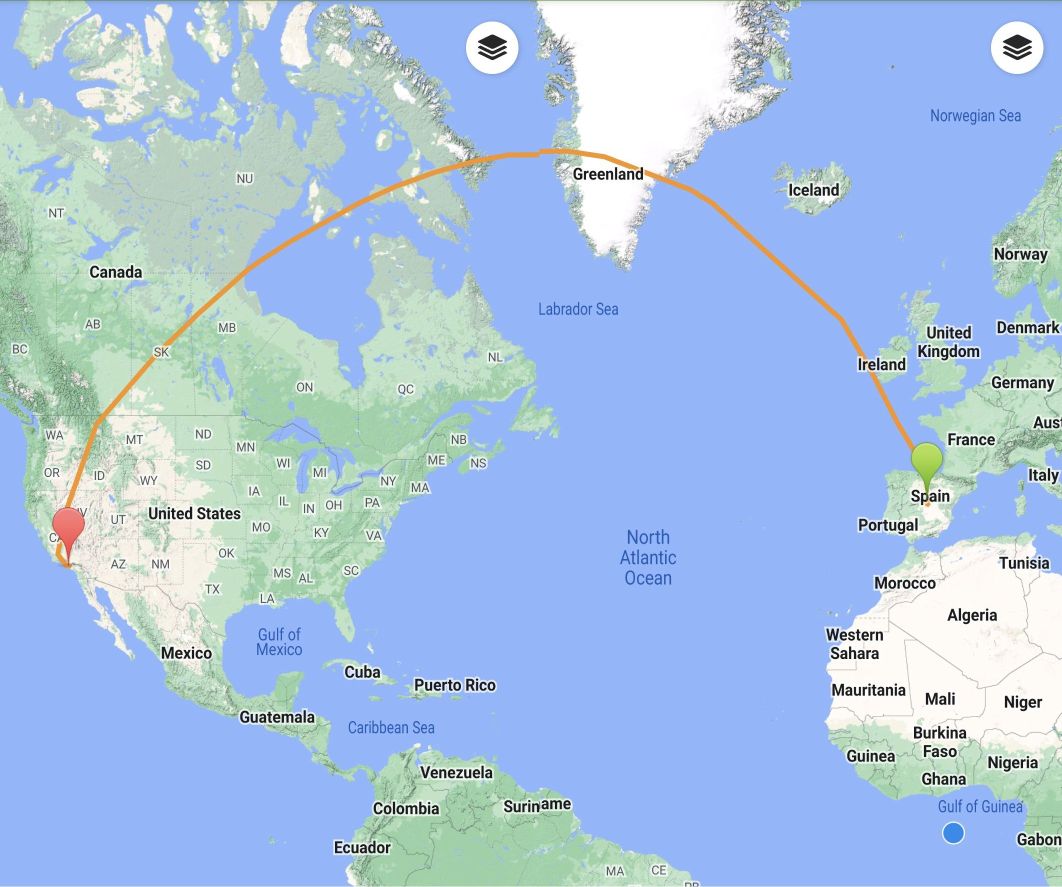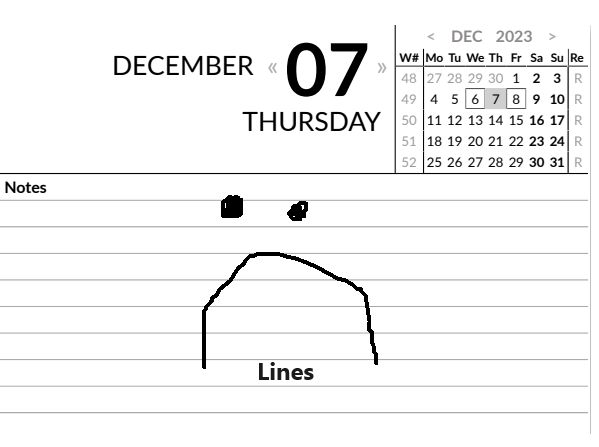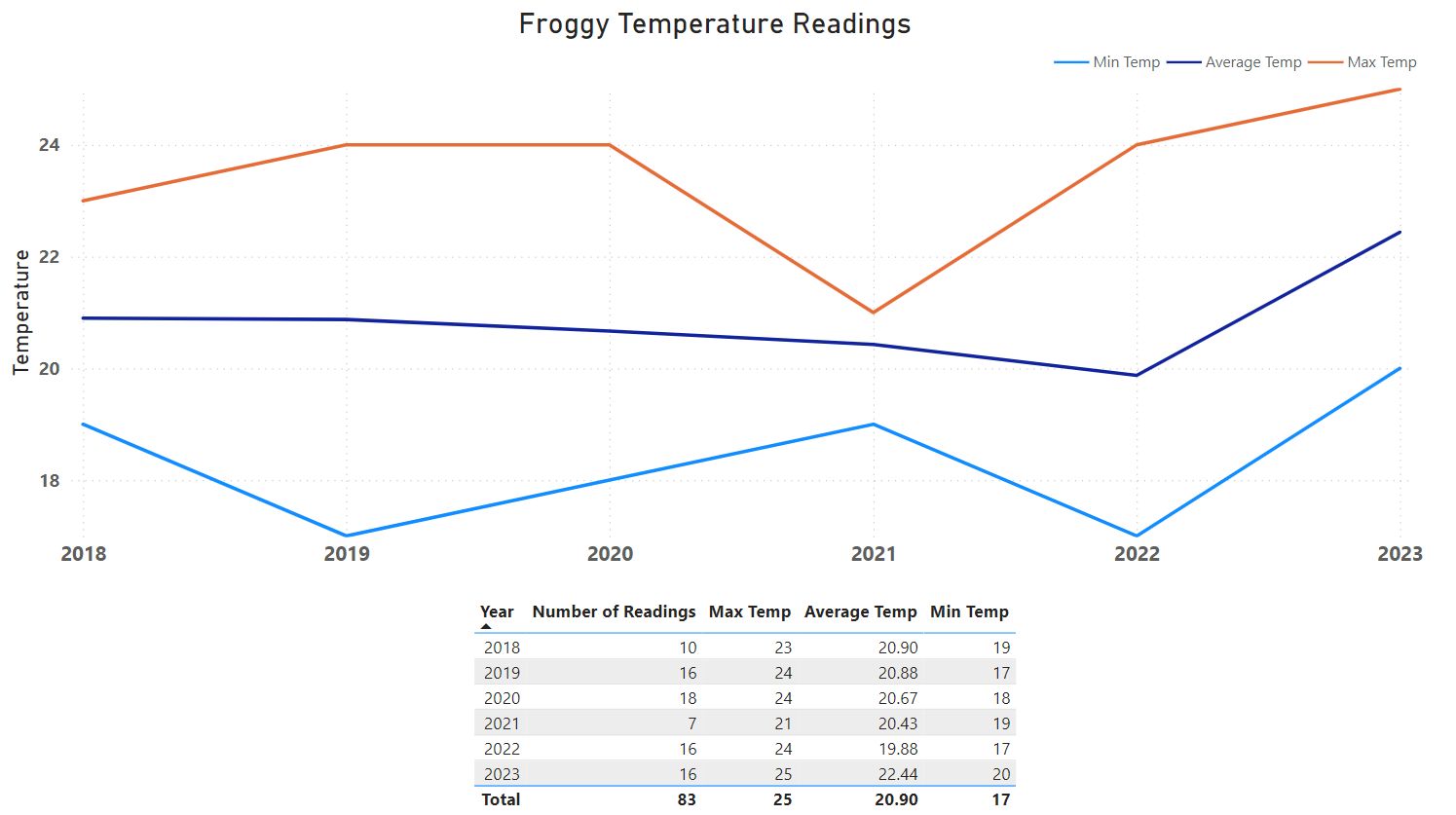After lots of complaining from the youngest member of the family and failed attempts at improving things via WiFi extenders, this week I bought a Wireless mesh system from Mercusys system after a coworker sang its praises.
I did not even shop around for other brands or wish wash just searched Amazon and saw lots of different options but figured the potential 867mbps was more than enough for my needs so I went with the Halo H32G AC 1200 system for 64€
Looks like i picked the wrong week to quit sniffing glue
This week reminds me a bit of the Airplane! scenes “a bad week to have quit […]” where it starts off with smoking and then escalates from there.
Not sure which came out first, but on the same night I stayed up late reading the Cyber Safety Review Board’s report on their investigation and recommendations on the Microsoft Exchange Online intrusion I stumbled on the opensource xz backdoor attack while trying to find out more about the Microsoft incident.
So given that both events are not really too serious in that the Microsoft report was a hack that happened back in June and the xz thing is actually a positive in that it was a foiled attempt to plant a backdoor, why did this make an airplane bad week to have quit moment? Well, good question, and it comes down to the fact that since staying up late reading the report and then reading about the xz I have not stopped looping back to both events and questioning the bigger implications. Kinda like a movie or book that you watch, and then spend the next few days looking at it from multiple angles, and seeing things from those new angles.
So let’s first give a high level overview of both for those who have not heard about them, then let’s enumerate those new angles and pondering in attempt to organize my thoughts!
Up and Over
I recently flew from Madrid to Los Angles (MAD - LAX) and had the luck to have a window seat and was able to GPS track the flight, something I have had mixed luck with in past attempts:

Holiday Season 2023
I just took the last of the Christmas decoration boxes down to the storage room. A melancholy mood has settled over me as the silly season has officially come to a close. Tomorrow the University students from the Forestry School will come to pick up the tree we have had leased from them for the season, and the last vestiges of Christmas will be completely gone until the end of next November. What better way to combat melancholy with a review of the season?
ReCalendar
As the year comes to a close, I began thinking I need to prepare my reMarkable PDF agenda for 2024. I first discovered the concept from
Vitaliy Kudryk’s latex-yearly-planner then found the amazing website ReCalendar that allows you to build your own personalized calendar PDF for Remarkable tablets. It is how I have been mostly using my reMarkable this year, and the only little complaint I had about the calendar is that it has lines instead of dots:

So, as we are enjoying a loooong holiday weekend here in Spain I thought I would try and prepare a PDF calendar with dots!
Podcast Glory
I am currently living in a podcast glory moment of tremendously enjoying and taking advantage of the golden age of podcasts that we are currently living. And the best part is that this is due to adopting two technological changes I was totally against and had resisted until a series of circumstances helped force the change.
Froggy Water Temperature Data Mining
I have been gathering water temperature data for the last few years and decided to try playing with PowerBI to do some (basic and rudimentary) data visualization of water temperatures of the beaches I go to in Galicia in the summer:

Super Blue Moon 2023
Today is a super blue moon and the next one won’t be until 2037!
Happy Birthday iMac!
I just read an email from Steven Levy about the 25th anniversary of the launch of the iMac. I never had one of the original iMacs and in 1998 I was on the side that thought Apple was a company that was done for but what a perfect occasion to share a few remembrances I have about Apple.
Summer Moment of Zen 2023
Today I celebrated my annual moment of summer Zen!